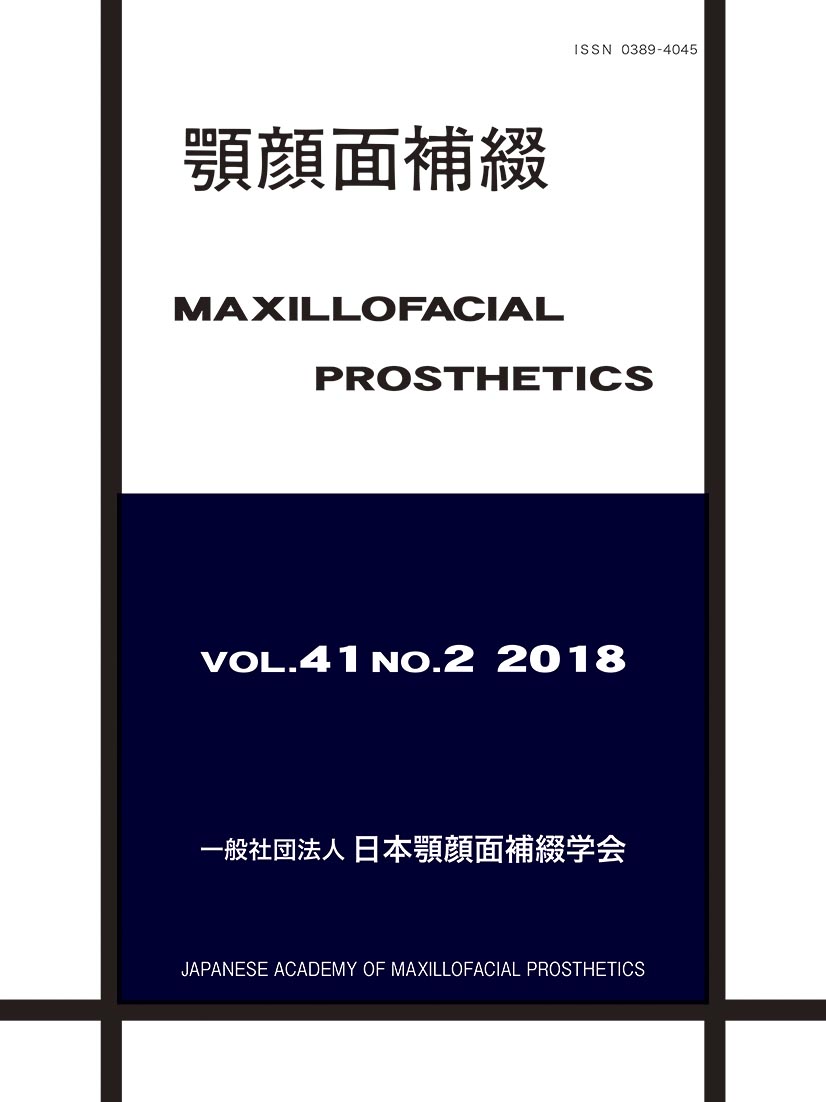Volume 41, Issue 2
Displaying 1-10 of 10 articles from this issue
- |<
- <
- 1
- >
- >|
-
2018 Volume 41 Issue 2 Pages 37-42
Published: 2018
Released on J-STAGE: May 29, 2021
Download PDF (1140K) -
2018 Volume 41 Issue 2 Pages 43-45
Published: 2018
Released on J-STAGE: May 29, 2021
Download PDF (612K) -
2018 Volume 41 Issue 2 Pages 46-50
Published: 2018
Released on J-STAGE: May 29, 2021
Download PDF (525K) -
2018 Volume 41 Issue 2 Pages 51-55
Published: 2018
Released on J-STAGE: May 29, 2021
Download PDF (1135K)
-
2018 Volume 41 Issue 2 Pages 56-64
Published: 2018
Released on J-STAGE: May 29, 2021
Download PDF (856K)
-
2018 Volume 41 Issue 2 Pages 65-69
Published: 2018
Released on J-STAGE: May 29, 2021
Download PDF (705K) -
2018 Volume 41 Issue 2 Pages 70-76
Published: 2018
Released on J-STAGE: May 29, 2021
Download PDF (992K)
-
2018 Volume 41 Issue 2 Pages 77-81
Published: 2018
Released on J-STAGE: May 29, 2021
Download PDF (643K)
-
2018 Volume 41 Issue 2 Pages 82-103
Published: 2018
Released on J-STAGE: May 29, 2021
Download PDF (733K)
-
2018 Volume 41 Issue 2 Pages 104-105
Published: 2018
Released on J-STAGE: May 29, 2021
Download PDF (323K)
- |<
- <
- 1
- >
- >|
